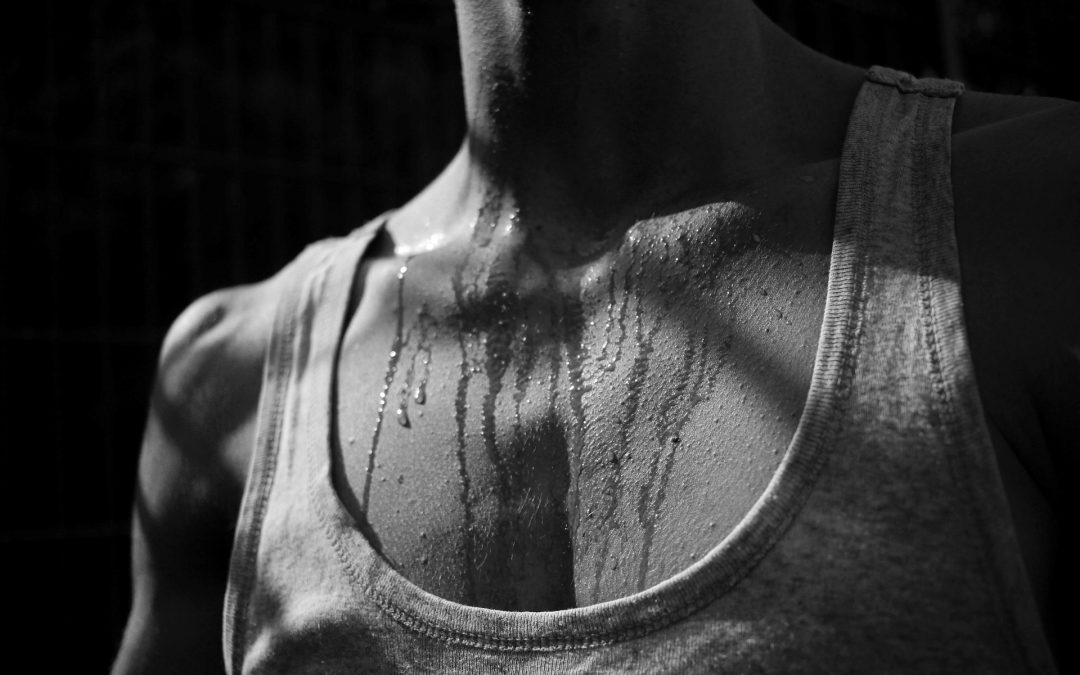You may have seen a number of products and drinks on the market that contains something called an “electrolyte”. But, do you know what an electrolyte actually is? Many people aren’t sure of what it actually is and how it benefits them.
What is an electrolyte?
“Electrolytes” is a term that is used to describe particles that carry both negative and positive charges. In food and drink, it refers to the essential minerals that are found within urine, sweat and blood. When essential minerals dissolve in fluid, they create ‘electrolytes’. They’re all a part of the positive and negative ions that are used in metabolic processes.
Some electrolytes include:
- Sodium
- Potassium
- Magnesium
- Calcium
- Chloride
- Bicarbonate
- Phosphate
Why do we need electrolytes?
You get enough electrolytes throughout your day from your normal food and drink intake. But, if you do a harder workout, sweat more, are vomiting or have running/severe diarrhoea, you lose essential minerals or electrolytes. When you lose too many of these electrolytes, this leads to dehydration.
What do these minerals do?
These minerals all have their own jobs to complete in your system. The major electrolytes and their roles include:
- Chloride – Helps your body to maintain optimum fluid levels
- Sodium – Drives fluid retention and uptake
- Potassium – Needed for maximum muscle and nerve functions
Other electrolytes help your body with various functions such as assisting nerve function, the contractions of your muscles, transporting oxygen throughout your bloodstream and improving exercise metabolism.
How do we get electrolytes each day?
The most important electrolytes you need are potassium, chloride and sodium. If you’re eating a balanced, healthy diet, you’ll likely be getting enough electrolytes from what you eat and drink. For potassium, fruits and vegetables with decent levels of this mineral include bananas, avocado, coconut, raisins, dates, spinach, lentils, potatoes and beans. Packaged foods and table salt all include levels of sodium and chloride.
Symptoms of electrolyte imbalances
In rare cases, electrolyte imbalances can be quite harmful or fatal to your health. If you lose too many electrolytes through excess sweating, heat, vomiting or diarrhoea, it’s important to be mindful about replacing lost electrolytes. Remember, sweating a little bit isn’t going to cause a large imbalance in your electrolytes nor will it lead to dehydration. Dehydration is usually caused after excessive sweating, severe diarrhoea or frequent vomiting (such as when you are ill with the common cold and flu or a stomach bug).
Severe electrolyte imbalances can cause:
- Headaches
- Muscle weakness or cramping
- Numbness and tingling
- Fast or irregular heartbeat
- Fatigue
If you think you may be suffering from an electrolyte imbalance, it’s always important to see your doctor as soon as possible and discuss your symptoms with them.
How can you maintain electrolyte balance when exercising?
Depending on your workout and your needs, water may not be sufficient enough to ensure you have optimum electrolyte levels in your body. To avoid dehydration, you will want to ensure you have enough fluids and electrolyte intake before, during and after your workout. This is especially true if you’re working out in warmer weather.
One of the easiest ways to ensure you are getting enough electrolytes is to hydrate with an electrolyte solution. There are products that are sachets that you mix with water or pre-made solutions. If you’re unsure of how much electrolyte solution you should be drinking, your sports physician or doctor will be able to give you the right advice in accordance with your personal needs.
If you think you’re in need of electrolytes or would like more information on any symptoms you may be experiencing (either daily or during exercise), speak with your doctor to rule out any health problems or issues.
